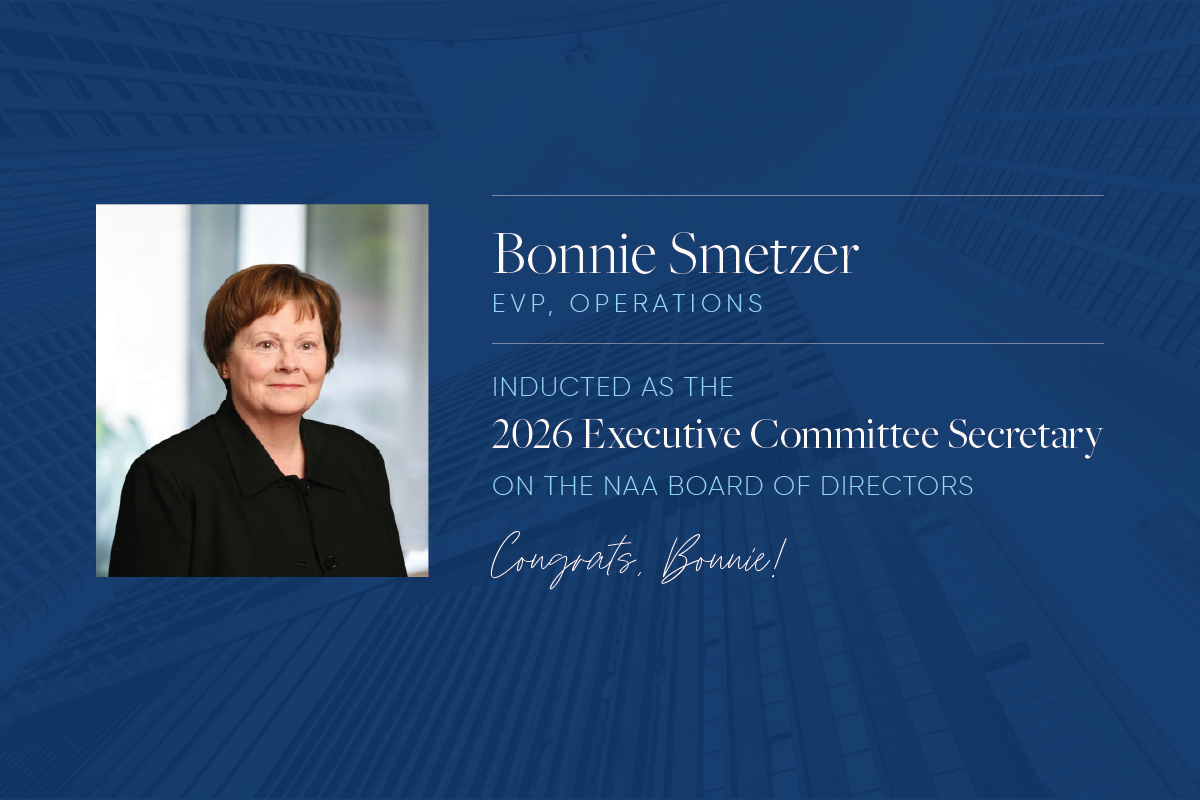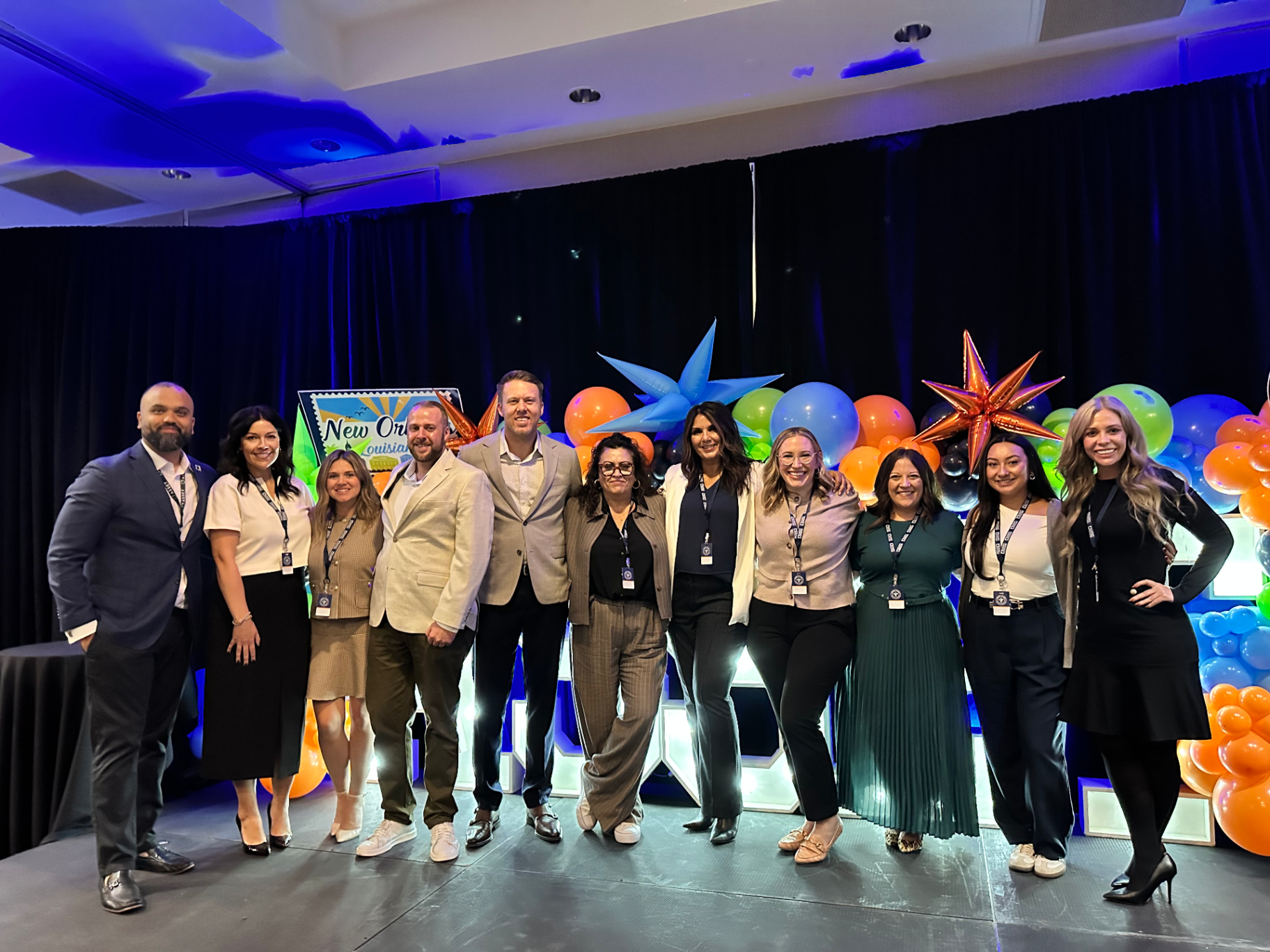The unimpeachable role of technology in multifamily operations has been growing for some time, but COVID-19 has accelerated the importance of these platforms to a level that is unlikely to change even after the pandemic has fizzled out.
Particularly with regard to leasing units to new renters and hiring and retaining talented management professionals, multifamily operators have had little choice but to embrace new technologically advanced ways of doing business. And since competition for tenants and staff are equally intense within the major apartment markets of Texas, operators that have developed proficiencies with new apps, platforms and equipment are pulling away from the pack.
A panel of multifamily owner-operators and leasing agents discussed these topics at length during the first day of the ninth-annual InterFace Multifamily Texas conference. The two-day virtual event, which was hosted and organized by Atlanta-based France Media, was held Nov. 18-19 in lieu of the fall gathering that usually brings multifamily professionals from across the state together in Dallas.
The Customer Side
The panelists provided anecdotal evidence of just how important technology has become to the leasing and management aspects of their operations.
“We’ve used basic equipment like video-stabilizing pods, which can be attached to iPhones, to allow agents to walk through a unit and give a specially curated tour for that particular unit and even talk to the prospective renter,” said panelist Tyler Johnson, executive vice president at Houston-based management firm Asset Living.
“You then have a professional-quality video that you can whip up in about 10 minutes, host on YouTube and share that link with the tenant,” Johnson continued. “That’s the level of convenience and service our tenants are looking for these days. To be able to connect with someone immediately and schedule an online tour or appointment — offering those solutions has absolutely been a game-changer.”
Panelist Kelly Blaskowsky, COO of Capstone Real Estate Services, cited Microsoft Teams as a platform that her firm utilized before the pandemic, but not to its full potential. Taking full advantage of all of the platform’s connectivity features has helped Capstone respond quickly and efficiently to internal issues as well as residents’ needs.
“Microsoft Teams is a key product that provides abilities to talk to people to face to face, and that helps with managing both employees and prospects,” she said. “Prospects want options and choices. Giving our management staff the tools to be able to connect with prospects that allow them to be comfortable and feel like they’re building a relationship — or conduct everything via email or video if that’s what they prefer — has been interesting to watch, and also a lot of fun.”
Panelist Kevin Owens, executive vice president of property operations at Atlanta-based CF Real Estate Services LLC, touched on the importance of technology in handling maintenance requests from renters.
“We’ve implemented technologies that have helped us manage not just the typical process of fielding work orders, but also the preventive side of property maintenance,” he said. “When things really shut down in the spring, we weren’t going into residences unless it was a true emergency. We rolled out a platform that enabled our teams to organize and manage preventative maintenance and in doing so created an operational efficiency.”
The Internal Effort
In terms of recruiting and retaining talent, the role of technology has been no less impactful, the panelists concurred.
A shortage of qualified personnel was a hallmark of the multifamily management business in the pre-pandemic era, wherein the U.S. economy posted record levels of job growth and low unemployment. But the onset of COVID-19 and subsequent job losses throughout the retail, restaurant and hospitality sectors inadvertently increased the labor supply in the space.
As he invoked the subject, veteran moderator Hugh Cobb, principal of Dallas-based management firm Alpha Barnes Real Estate, noted that panelists who participated in the 2019 conference had unanimously identified labor as the industry’s top concern.
“Up to the start of the pandemic, the never-ending friendly competition for talent within our industry had been around for some time,” said Owens. “And while some industries have unfortunately been hurt, we’ve had the opportunity to recruit and hire from hospitality, including some fantastic property managers, leasing professionals and service managers.”
Owens excluded repair and maintenance professionals from that list, suggesting that demand for employees with those skills in major Texas markets far outstrips supply. Consequently, wages for those employees, who he said are also being courted by other industries, continue to rise.
Operators have again turned to technology to capitalize on the unexpected source of new talent, leaning on platforms like Zoom and GoToMeeting to interview and evaluate in candidates in real time.
“The webcam has changed everything,” said Johnson. “It’s made our adaptability and accessibility much more streamlined. For example, we used to send our trainees to our sites to train with property managers. Now we have conferences for training, as well as a database of training courses that we’ve developed that makes learning available at the fingertips.”
Johnson said that Microsoft Teams has been instrumental for Asset Living with regard to facilitating communication between its corporate and branch offices. While the shift to digital learning and interaction has had its share of challenges, it has also made that aspect of the operation more efficient, Johnson said.
In addressing the subject, Blaskowksy noted that the industry still faces obstacles in labor recruitment and retention, and that technology has helped operators create working environments that make new hires feel valued and encourage them to stick around.
“It’s all about keeping employees engaged and challenged and planting those seeds of knowledge to grow our future,” she said. “The training dynamic is different now — no classroom settings, more virtual settings. But that provides opportunities to engage one-on-one with employees and to see their facial expressions and body language so you can tell if they’re really grasping the information. It creates a feeling of inclusiveness and team effort.”
This article was originally published on rebusinessonline.com




